
French Pottery and Earthenware of France
Pottery with a Purpose
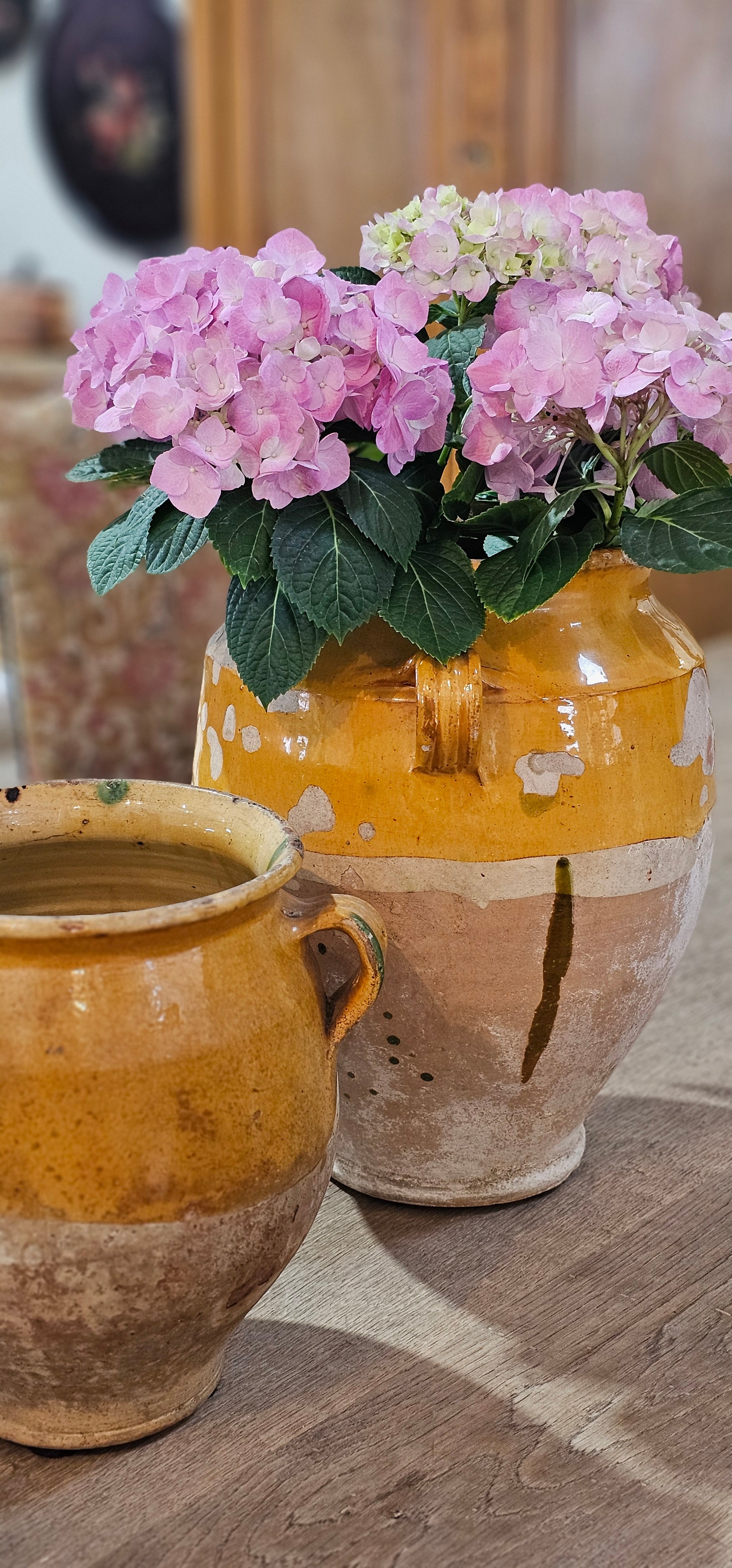
Perfectly imperfect: chips, drips, and Provençal patina never looked so chic (especially with a few hydrangeas tucked in).
A Provençal Palette
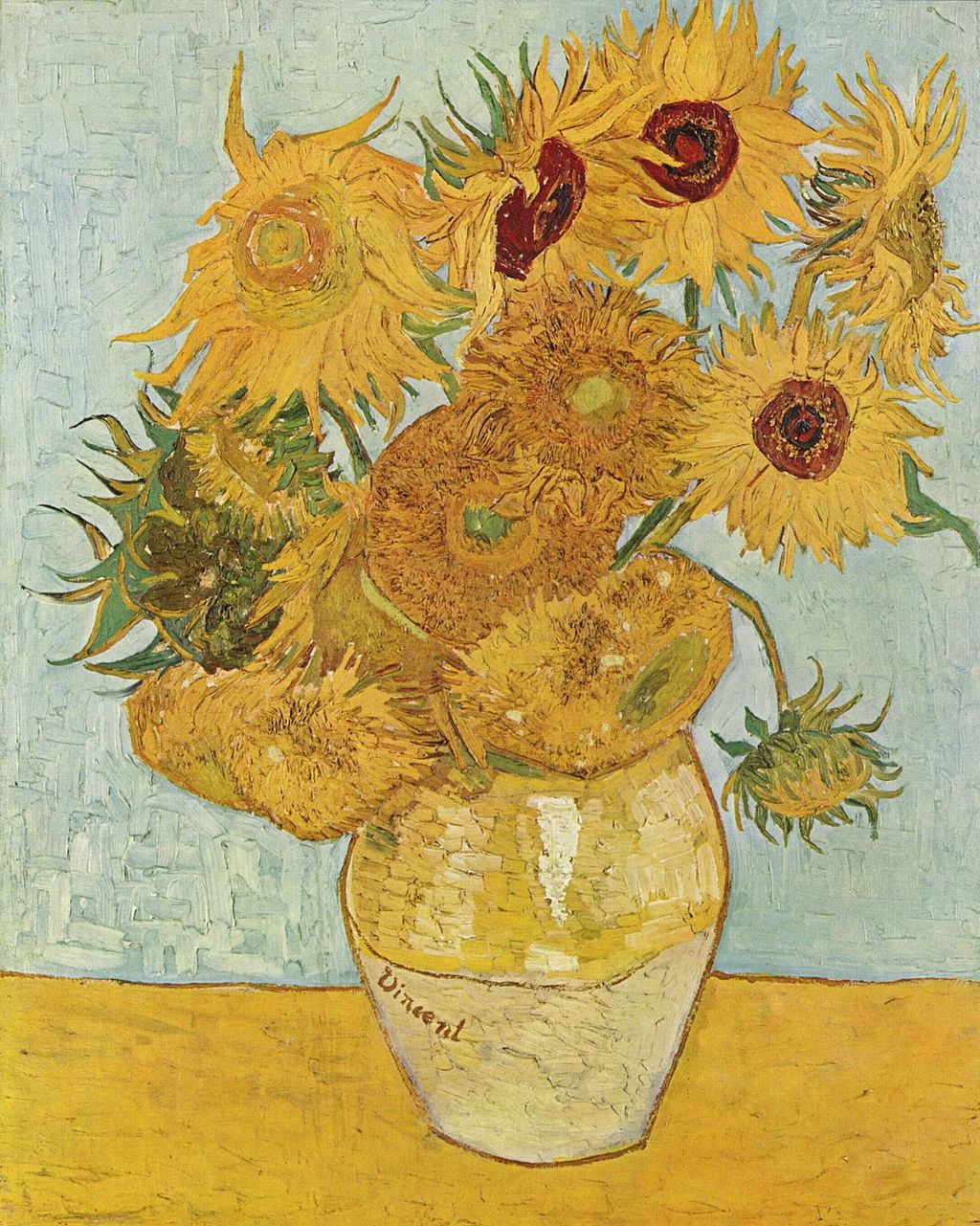
Perfectly Imperfect
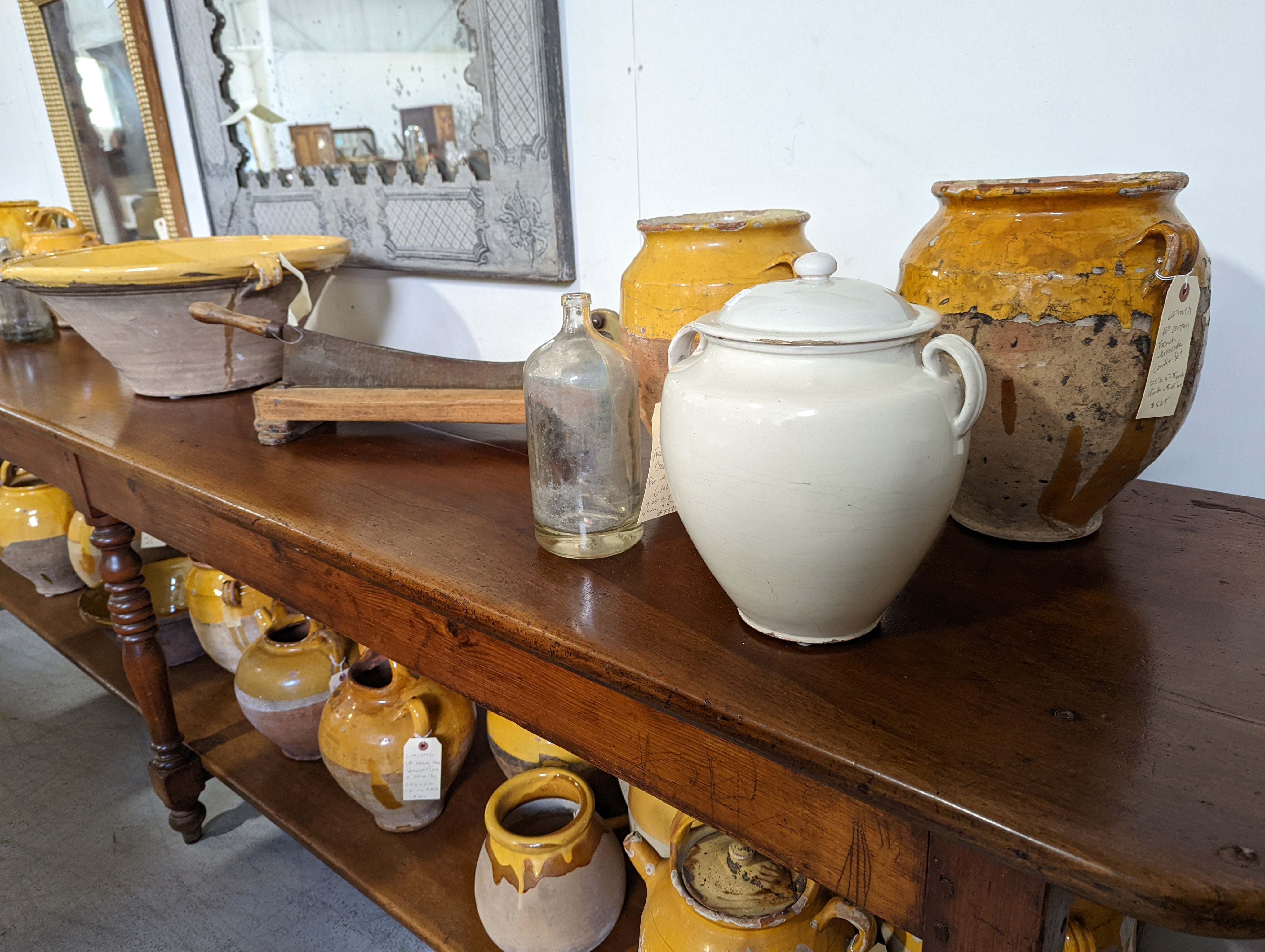
The Trusty Tian
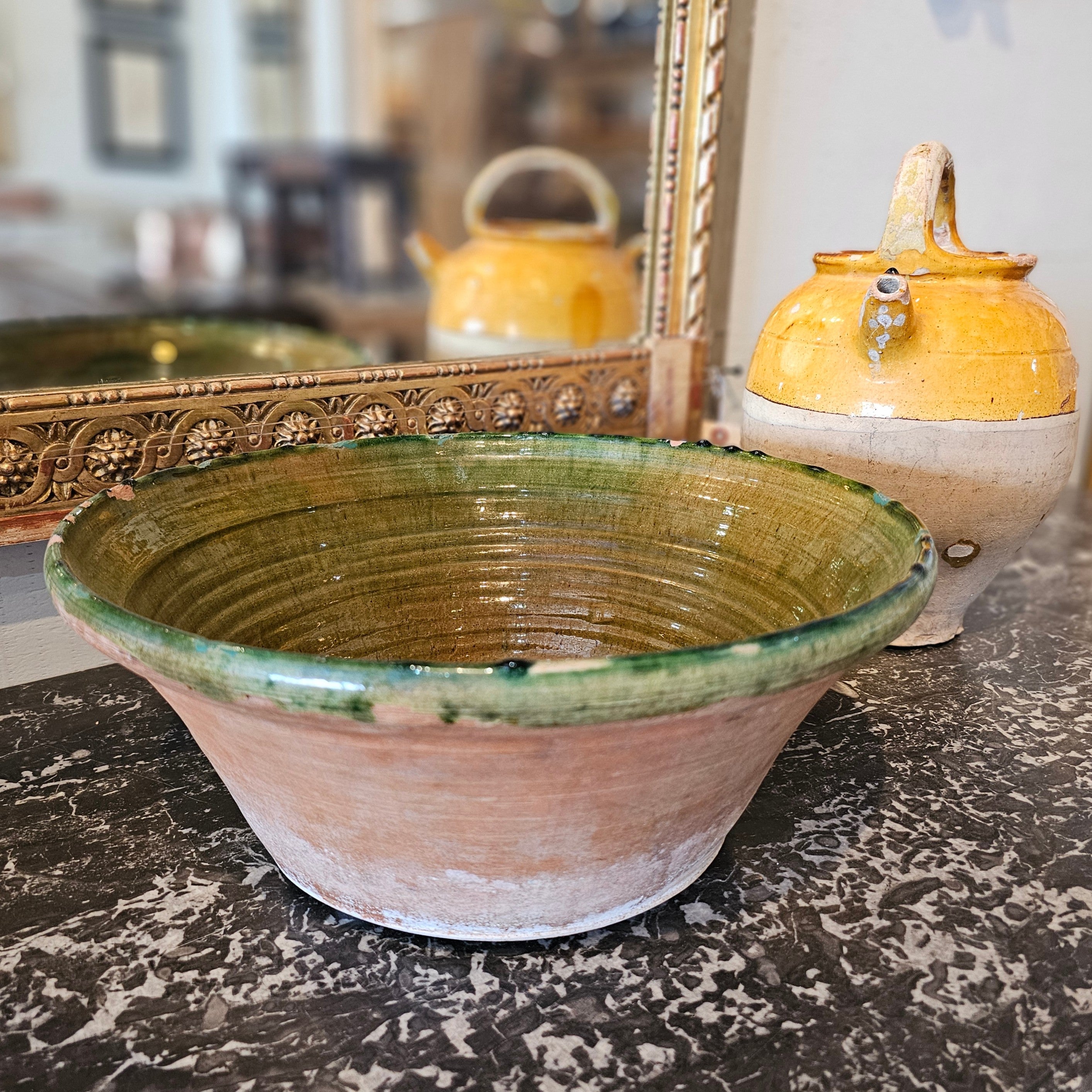
Cool, Cool Cruche
Cellar to Centerpiece
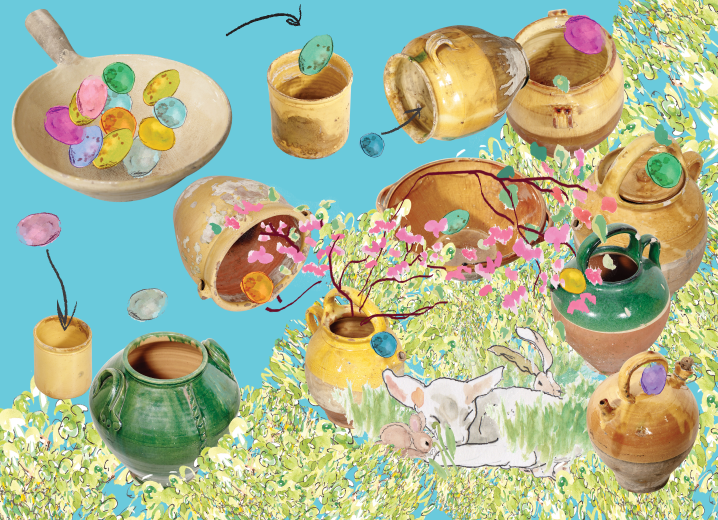
Sunny glazes, spring blooms, and brightly colored eggs — très Provence, très jolie!
À Bientôt!

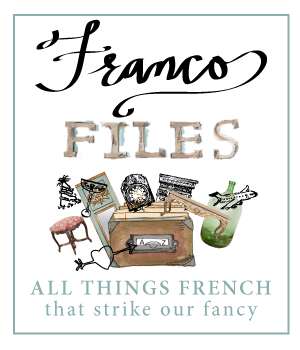


RECENT ARTICLES

Browse the Full Series
See all Word of the Week posts →
See all Word of the Week posts →

Browse the Full Series
See all Double Vision posts →
See all Double Vision posts →










